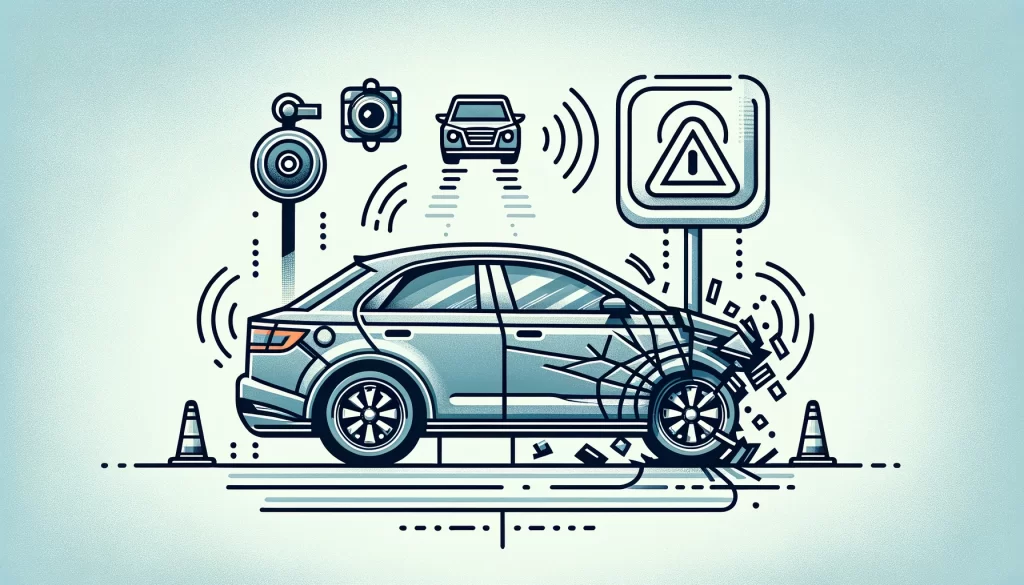March 12, 2024, — Toronto, Canada. While Advanced Driver Assistance Systems (ADAS) have reduced the number of road accidents in Canada, the decrease has not been as significant as expected. Human error continues to play a substantial role in road safety challenges. The most recent stats published by Transport Canada’s National Collision Database (NCDB) in 2021, show there were 1,768 fatalities and 8,185 serious injuries requiring hospitalization due to traffic collisions. Furthermore, fatalities per billion kilometers driven saw a slight increase to 4.8, a 2% rise from 2020, while serious injuries per billion kilometers traveled also increased by 6% to 290.
These statistics highlight the complexity of road safety issues and emphasize the need for a comprehensive approach that includes not only technological advancements like ADAS but also improved driver education, awareness programs, and infrastructural enhancements. Despite the advancements in vehicle safety technologies, the human factor remains a critical element in ensuring road safety, underscoring the importance of responsible driving behaviors alongside technological interventions.
As vehicles become increasingly equipped with Advanced Driver Assistance Systems (ADAS), understanding the importance of maintaining and calibrating these features is crucial for ensuring their effectiveness and, by extension, road safety. ADAS technologies, such as automatic emergency braking, lane keeping assistance, and adaptive cruise control, rely on a complex network of sensors and cameras to function correctly.
After any collision, no matter how minor it may seem, it’s vital to have a professional check and recalibrate (if necessary) your vehicle’s ADAS. Even slight damage or misalignment of sensors and cameras can significantly impact the system’s accuracy and reliability, potentially compromising safety features and increasing the risk of accidents or injuries.
Looking ahead, the evolution of ADAS technologies promises even more sophisticated safety features, including systems capable of detecting and avoiding pedestrians, cyclists, and other vulnerable road users. Innovations aimed at recognizing signs of driver fatigue and offering timely interventions to prevent accidents are also on the horizon. These advancements underscore the potential of ADAS to further enhance safety on our roads.
However, it’s essential to acknowledge that while ADAS can significantly reduce the risk of accidents, these systems have limitations and are not infallible. Drivers must remain informed about the capabilities and requirements of their vehicle’s ADAS, including the critical need for regular maintenance and calibration. By ensuring these technologies are correctly maintained and calibrated, drivers can maximize the safety benefits of ADAS, making modern vehicles not just safer, but also more dependable companions on the road.
“A closer examination of recent traffic accident data underscores the persistent nature of road safety issues in Canada. While certain types of collisions have seen reductions thanks to technological interventions, incidents involving pedestrians, cyclists, and at intersections are witnessing an uptick,” stated Darryl Simmons, publisher of Collision Repair Magazine, the country’s leading source of information for the collision repair industry.
“The persistent high rate of road accidents despite the advent of advanced safety technologies like ADAS serves as a stark reminder of the complexities involved in ensuring road safety,” says Simmons. “As Canada navigates the complexities of road safety in the era of advanced vehicle technologies, the emphasis on a multi-faceted approach to accident prevention becomes increasingly clear. Efforts must extend beyond reliance on technological solutions to include significant investments in driver education programs, public awareness campaigns, and infrastructural enhancements designed to protect all road users.”








